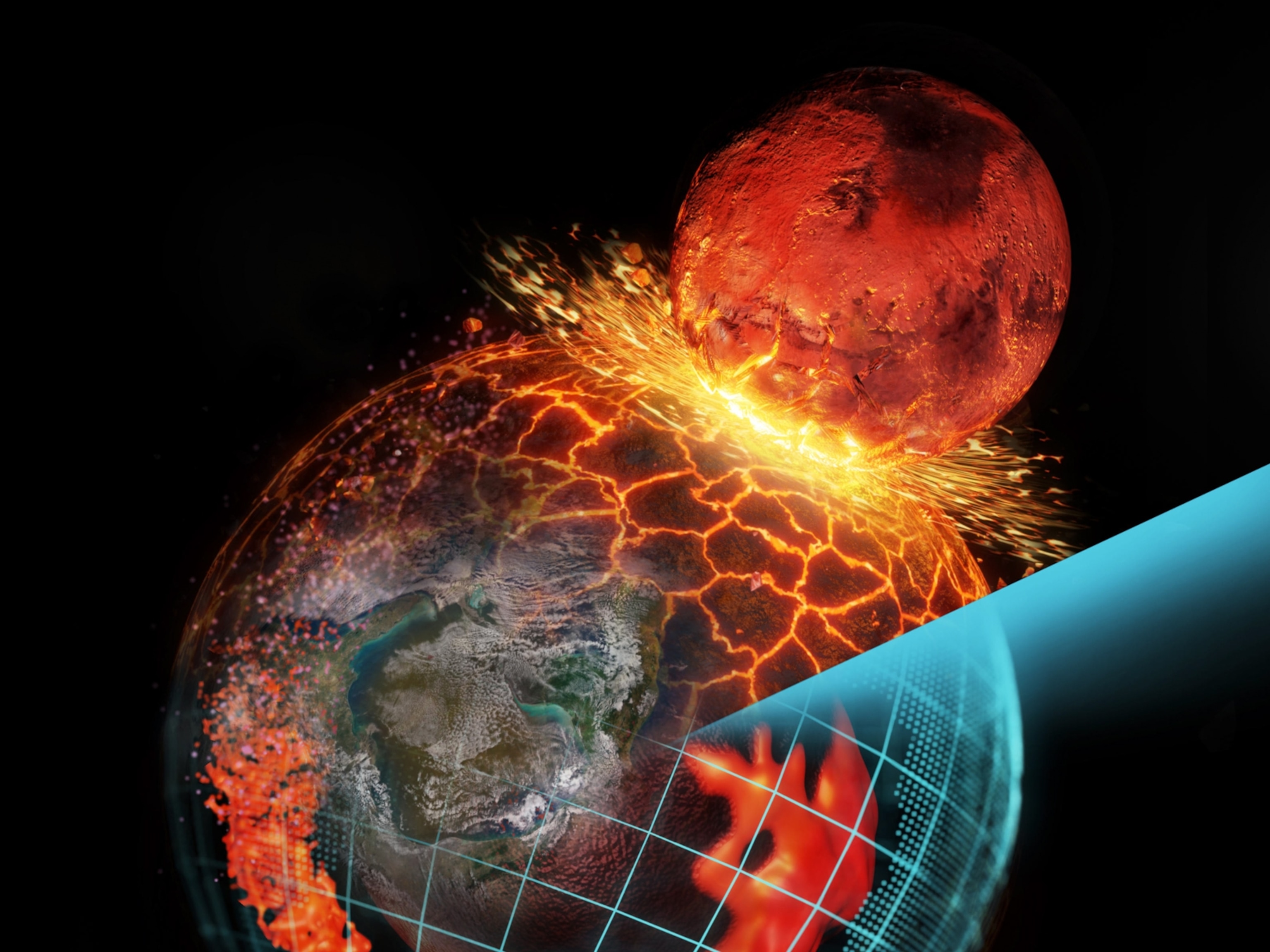
Jupiter Closest to Earth Tonight, With Uranus Just Behind
Gas giant planet will be nearest to us since 1951.
Jupiter will be making its closest approach to Earth Monday night since 1951, and for about the next four months the giant planet will be teamed up with a distant relative: Uranus.
Jupiter will officially be nearest to our planet—368 million miles (592 million kilometers) away—when it reaches opposition, the term for when the sun, Earth, and a given planet are lined up in a row.
"Oppositions of the Earth and Jupiter occur roughly every 400 days, due to Earth catching up to Jupiter and lapping it in its race around the sun," said Raminder Singh Samra, resident astronomer at the H.R. MacMillan Space Centre in Vancouver, British Columbia.
"But because the orbits of the planets are slightly elliptical, the distances between oppositions vary, and so the next time [Earth and Jupiter] are this close won't be until 2022."
For the rest of September, Jupiter will be the brightest object in the sky, aside from the moon. The planet will be visible all night long, rising in the east at sunset and setting in the west around sunrise.
On September 22 the full moon will park itself just above Jupiter, making for a striking cosmic duo to the unaided eye. The following night the moon will sit just to Jupiter's left.
What's more, with just binoculars, stargazers can already see the much more distant planet Uranus not quite behind Jupiter, visible as a faint bluish orb fewer than two full-moon discs away from the brighter planet.
"As Uranus is about five times further away than Jupiter and about a third the size, it will be about 2,800 times fainter than Jupiter," Singh said. But "being so close to each other in the sky, it will be possible to see both planets at the same time through a pair of binoculars."
The planetary pair will appear snuggled up closest in the sky for the next few weeks and will slowly drift apart by the end of the year.
Jupiter's Near Pass Puts Storms, Moons on Display
Jupiter's close encounter with Earth means that now is the time for detailed views of the gas giant planet's stormy atmosphere, astronomers say.
"This is a good time to view Jupiter through a telescope, because you should be able to see the oranges, browns, and reds of its cloud bands" said Geza Gyuk, an astronomer with the Adler Planetarium in Chicago.
The Great Red Spot—a hurricane three times the width of Earth—should also be visible via telescopes, depending on when you look, Gyuk said.
(Related: "Jupiter Loses Big Belt; Great Spot Left Hanging.")
Using just binoculars, sky-watchers will get an eyeful of the planet's four biggest moons, which will appear as tiny dots moving beside the planet.
All four moons were first spotted by Galileo Galilei in 1610 and are known today as the Galilean moons. Jupiter being the Roman equivalent of the Greek god Zeus, the four moons are named after some of Zeus's mythological lovers: Io, Europa, Ganymede, and Callisto.
It was Galileo's observations of these moons moving around Jupiter that dealt a major blow to the once common notion that Earth is the center of the solar system. (Find out more about Galileo's first telescope observations of the planets.)





